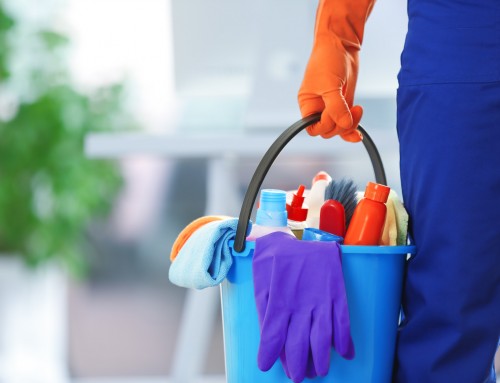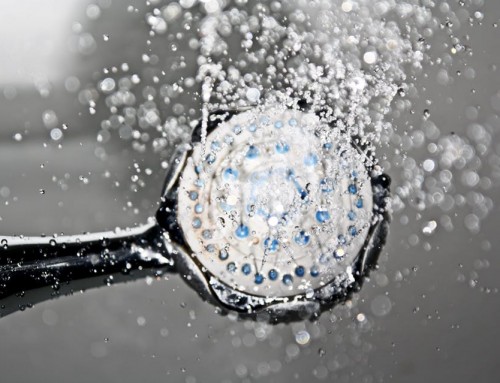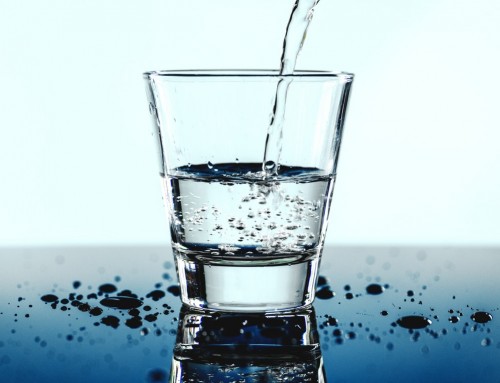In the US, 5.8 million women now have a substance abuse disorder. This makes women one of the fastest growing groups of drug users in the country.
While studies into substance abuse previously focused on men, researchers studying women on drugs have since learned how addiction can have a gendered dimension.
Whether women are addicted to illicit drugs, alcohol or pain pills, they face many unique issues relating to addiction. This is due to a range of biological, psychological, social and cultural differences.
Here we reveal ten important facts related to women and substance abuse.
1. Accelerated Addiction Progression
Compared to men, women become more dependent on addictive substances at a faster rate.
Despite taking smaller amounts during a shorter amount of time, their physiology is more susceptible to dependence. As such, women progress quickly from initiation to the onset of addiction. This phenomenon, known as ‘telescoping’, is especially prevalent in alcohol, opioid and cannabis addiction in women.
And, there is evidence to suggest that women experience more intense cocaine cravings than men when exposed to cues.
2. Distinct Reasons for Drug Exposure
Women using drugs cite pain minimization and the self-treatment of mental health issues as the main reasons for their drug abuse.
Due to differences in brain chemistry, women are more than twice as likely as men to suffer from depression and anxiety. These issues can also lead to sleep problems, stress and other driving factors for addiction.
Women are also exposed more often to the kinds of trauma that can lead to drug abuse, such as sexual violence and physical attacks. As such, some women self-medicate with drugs as a way to cope with intolerable feelings and experiences.
Women also suffer from pain more often and at more intense levels than men. This means they are more likely to take medications and are more at risk of becoming addicted to prescription painkillers.
What’s more, they also need higher doses of pain medication than males to achieve comparable relief. This greater level of exposure to addictive substances makes dependence and addiction more likely.
3. Impact of Hormonal Fluctuations
The hormonal fluctuations that women experience also make them more vulnerable to addiction.
For example, one study found estrogen levels can cause women to become addicted to cocaine faster. Estrogen can also cause women to have more difficulty overcoming their addiction.
And, further research shows that cocaine addiction is cycle-dependent, whereby hormonal fluctuations can impact women’s drug cravings.
4. More Severe Medical Consequences
Biological factors make women more vulnerable to the medical consequences of addictive substances.
Concerning alcohol addiction, women’s lower body weight and higher levels of fatty tissue mean women’s organs receive greater exposure to alcohol.
Women also have lower levels of two enzymes which break down alcohol in the liver and stomach. Lower levels of these enzymes, alcohol dehydrogenase and aldehyde dehydrogenase, mean that women absorb more alcohol into their bloodstream. As a result, alcohol-related health problems such as liver damage or brain atrophy also appear more rapidly in women than in men.
Women are also more likely to visit emergency rooms than men due to opioid abuse. And, women are more likely to die from the effects of addictive substances, including overdose.
5. Greater Difficulty in Quitting
The combination of psychological, biological and personal factors relating to drug abuse also make it harder for women to quit using addictive substances.
The accelerated progression of dependence means that their addiction has a greater physical and psychological hold over them in a shorter amount of time. Also, the underlying causes of drug addiction, such as pain or mental health issues, are often still present. As such, drug treatment programs for women need to address these factors.
6. Women on Drugs Face Greater Social Stigma
Treatments such as medical detox and rehabilitation are vital for both male and female addicts. But, drug addict women often face a greater social stigma than men. This stigma can often prevent women from seeking treatment.
As the primary caretakers of young children, women can be subjected to added shame for addiction, while pregnant addicts face the greatest amount of stigma. In fact, research shows that 25 percent of pregnant women with an opioid addiction were untreated. Stigma was considered to be the main barrier to them seeking treatment.
7. Barriers to Seeking Treatment
In additional to stigma, female addicts face other barriers to treatment access.
Transport issues, family responsibilities and financial limitations are just some of the factors preventing women from receiving adequate substance abuse treatment.
But, as a result of the Marchman act as well as consideration of the unique problems female drug addicts face, women can recover just as well as men.
If you’re wondering, ‘what is the Marchman act?‘, it’s a law which helps people get their loved ones into rehab. But, in the specific case of women, treatment programs which provide also child care and family support are a more viable option.
8. Can Benefit from Women-Only Treatment Programs
In general, gender-specific treatment is not necessary, but women-only rehab centers can offer the women who need it additional support. This can help them work through issues such as domestic violence, child abuse and rape, as well as more comprehensive mental health treatment.
9. Respond Well to Treatment
One positive is that women who receive treatment for substance abuse respond well. They are less likely to relapse than men and more likely to remain abstinent over time.
It is thought that women respond better to treatment as they are more willing to use therapy for emotional support and make the necessary changes for long-term sobriety.
10. Different Relapse Cues
That said, when women do relapse, it’s often due to different cues than those which drive men back to drug abuse. Men tend to relapse in response to positive experiences or as a means of indulgence.
For women, however, it is negative feelings and problems which most often lead to relapse. As such, treatment programs which help women through these reoccurring triggers can prove more successful in the long-term.
The Facts on Female Drug Addiction
When it comes to women on drugs, the whole process of dependence, addiction, treatment, and recovery is distinct to that of men.
If you’re worried about a female loved one’s addiction, in addition to your love and support, finding a great detox center can make all the difference.











